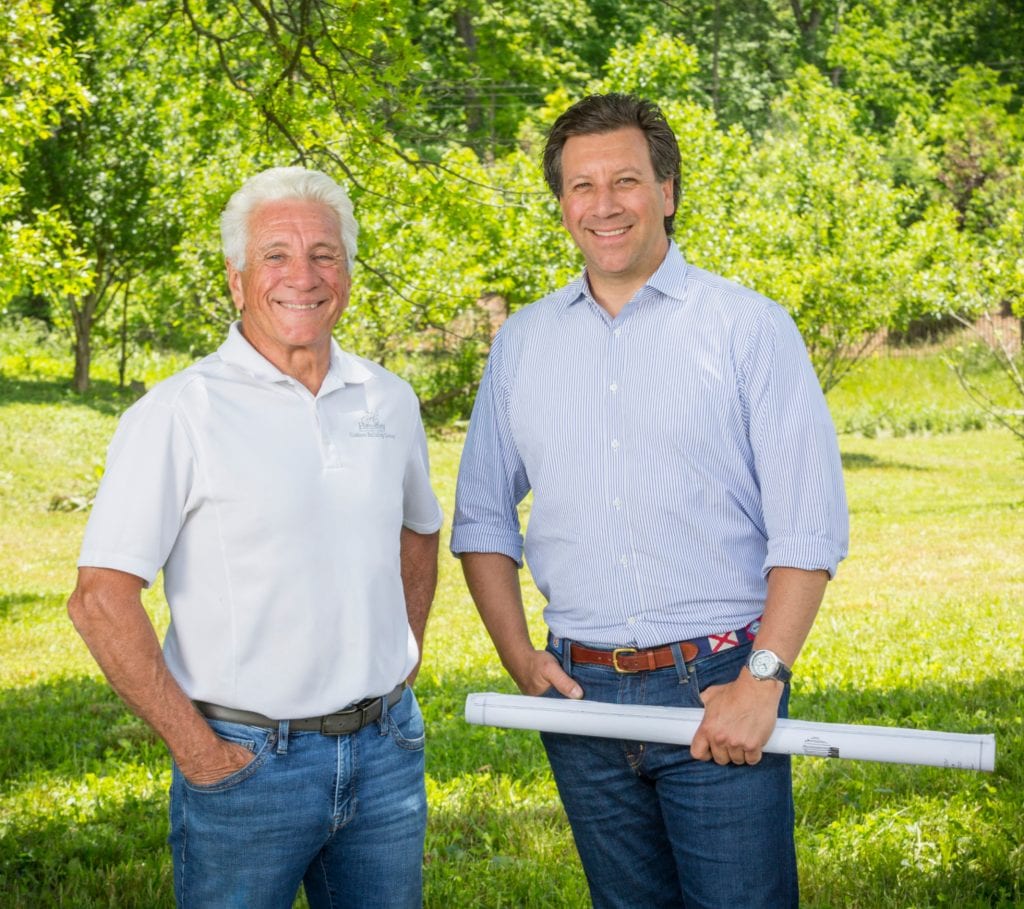It seems we’ve all been thinking about health and clean air lately. For custom home buyers, those thoughts could lead to considering a whole house air filter. Here’s a bit more about how these systems work and what they do.

Filtering Basics
The sad truth is that indoor air can be even more polluted than city smog, according to the Environmental Protection Agency (EPA). Pollen, pet dander, dust mites, smoke, mold… you name it, it’s in the air we breathe inside our homes. Cleaning and ventilation help, but an air purifier or whole house air filter can be effective in clearing the air, too.
Air filters are usually built into a home’s forced-air heating and cooling system and run automatically when the system’s fan is operating. Filtering systems are divided into two categories: physical barriers (called media filters) or electronic filters that capture contaminants with a high-voltage electrical charge. Some filter systems are hybrid, and use both methods. If you’re concerned about filtering the air in a smaller space, you can choose a portable filter or purifier unit.
Simple to More Complex
If you’ve ever changed a furnace filter, you’re familiar with the most rudimentary type of whole house air filtration system. Depending on their composition, these disposable filters do a decent job of capturing dust and keeping it out of the furnace. To remain effective, they must be changed frequently, according to the manufacturer’s recommendations. Electrostatically charged pleated filters do a better job at attracting allergens, like dander or pollen.
More sophisticated systems that can be installed in a home’s heating/cooling system can filter the microscopic particles that can irritate lungs. These include:
- Extended media filters
- Electronic filters
- Ultraviolet filters
Extended Media and Electronic Filters
As a whole house air filter, these versions have similar functionality. Extended media filters basically consist of an oversized filter in a large unit that’s plumbed into a home’s ductwork. These filters need to be replaced yearly.
Electronic filtering is also installed into the ductwork. A high-voltage current electrically charges particles in the air, which are then collected by an oppositely charged plate. This method is effective and requires no replacement filters. However, every three months or so, the collector plates must be cleaned with soapy water. These units are also known as electrostatic precipitators.
Adding UV to a Whole House Air Filter
If you’re concerned about bacteria and viruses in your home’s air, you might consider an ultraviolet filter. These built-in components to a whole house filter system use UV light to kill airborne bacteria and viruses. Keep in mind, however, that these particles must pass through the system to be eradicated.
UV systems have long been used in scientific and medical settings. Several factors play into their effectiveness and are worth discussing with us, your HVAC supplier or contractor.

Ready to Join Over 400 Happy Cincinnati Custom Home Builder Clients?
Contact us to start your dream home conversation. From choosing the right lot to building the home of your dreams, we have helped over 400 families build what matters. Contact us to schedule an appointment.